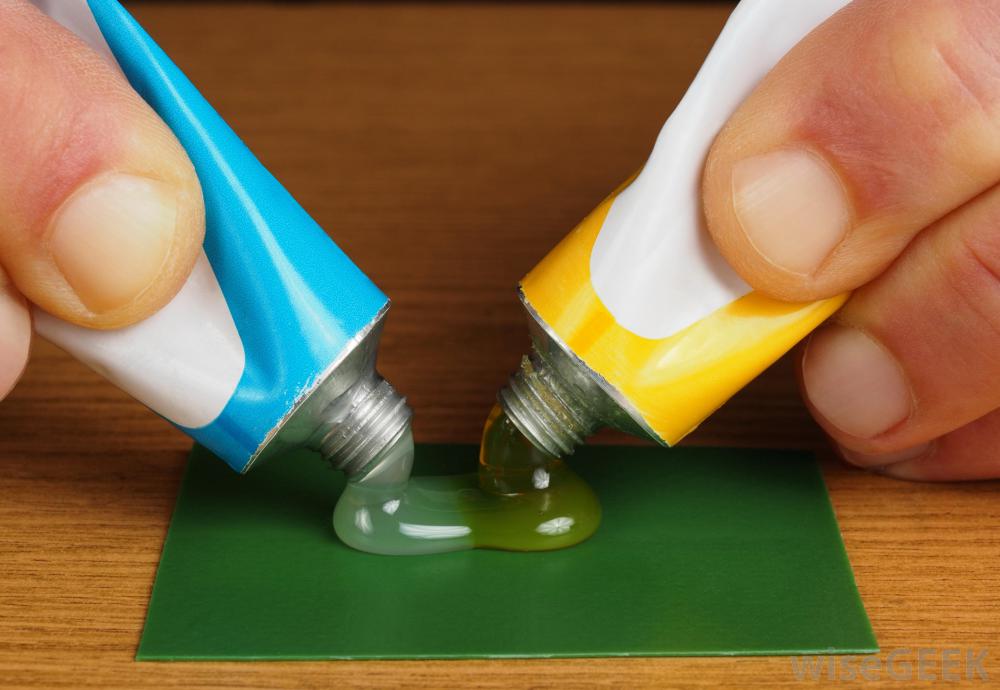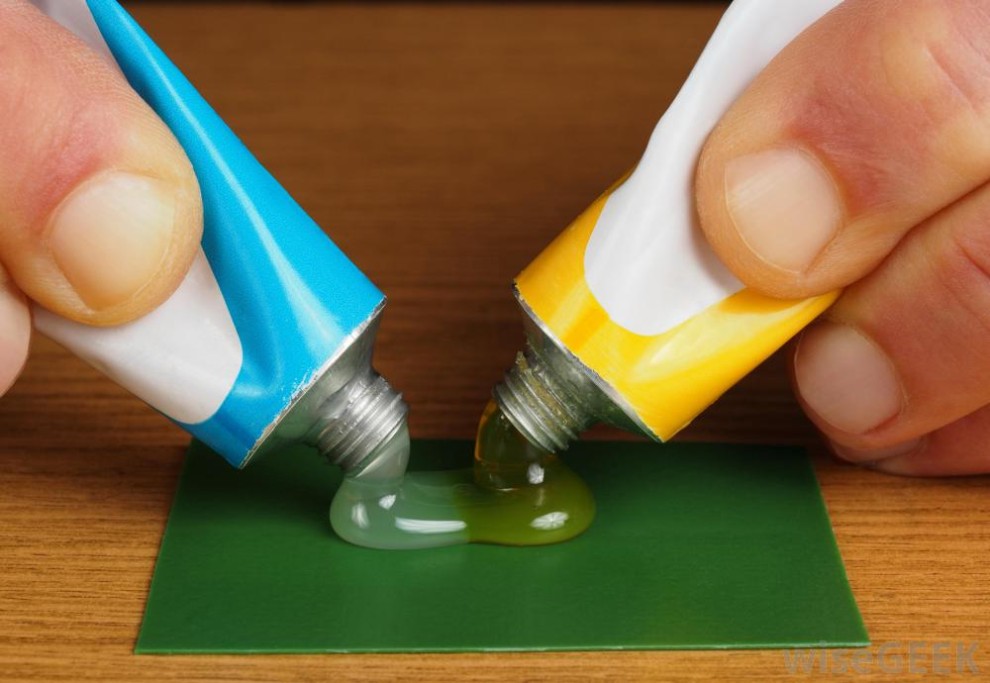For ages now, rubber is found to be one of the most easily bonding substrate, and bondage using rubber offers various advantages over mechanical fastening and other industrial bonding techniques. Variety of rubber bonding materials including rubber adhesives, rubber cement, and melt glues are now widely used by manufacturing and packaging industries.
One major advantage that rubber adhesive offers over mechanical fasteners is that they don’t put any additional stress. Additional pressure during the time of packaging may cause damage to the parts or ultimately destroy the products. Also the mechanical fasteners require rubber parts to get altered to accommodate well; however, rubber adhesives do not have this requirement. It lets the rubber parts to look and function as they originally intended to be and get bonded in any needed ways without any damage.

Rubber Adhesives / Rubber Cement
Rubber cement is a commonly available adhesive, which is even used in domestic settings to paste different things on to various surfaces. Rubber cement is basically a latex‑based adhesive which is made from elastic polymers. Latex gets mixed with a solvent as toluene, hexane, acetone, or heptane to be in a fluid consistency. There are other water-based formulas also available, which are stabilized by ammonia.
The principle of liquid-based water adhesive formula is very simple. Once applied, the solvents get evaporated quickly and only rubber portion remains, which offers a strong and flexible bond. A tinge of alcohol is also added to rubber adhesive, which makes the liquid evaporation process quicker.
The rubber used in such adhesives include natural rubber, gum Arabic, and gum mastic etc. The solvents used at earlier times were benzene and chloroform; however, the current formations mostly include n-heptane. Many new-age compositions include variety of hardeners and vulcanizing agents too, which are aimed to enhance the cohesion capabilities of rubber.
Usage of Rubber Adhesives
Rubber cement is now very common in art applications, in which damage-free removal of the adhesive is a priority. Rubber cement is also used in making marking fluid of erasable pens. Rubber adhesives can be peeled or rubbed off easily which makes it ideal for paper bonding without leaving any trace of adhesive. One major thing to notice in the usage of rubber adhesives is to keep it away from heat sources as the n-hexane and n-heptane used in these are highly inflammable.
Rubber adhesives and sealant are the most flexible synthetic materials used now to bind different components or fill gaps on surfaces. The major categories of synthetic rubbers and elastomers are;
- Polyurethane
- Silicone
- Butyl
- Styrene-butadiene rubber (SBR)
- Polysulfide
- Polyisobutylene
- Isoprene
- Ethylene-vinyl acetate (EVA)
- Vinyl and nitrile compounds
- Acrylic or polyacrylates etc.
The category of pressure sensitive adhesives (PSAs) mostly consist of rubber adhesives in the forms of latex emulsion or solvent-borne. The are many products in which rubber adhesives used in various consistencies as aerosols, gels, films, liquids, solids, slurries, pastes, powders, putties etc. Most compatible surfaces for the usage of rubber adhesive are glass, ceramics, concrete and masonry, paper, rubber, leather, textile, metal, wood, plastic, composite materials etc.



